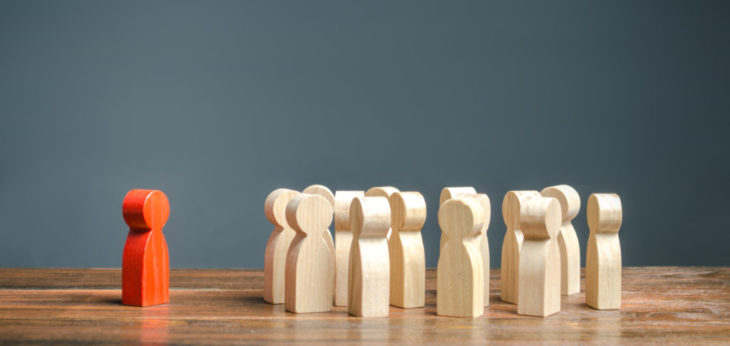There was a period in my early twenties, not too long after college graduation, and even sooner after the painful break-up of my first real relationship, that I hopscotched through a series of dead-end jobs (seven in four months!), dated recklessly, and pumped my body with substances I wouldn’t clean a carburetor with these days. Then, one day, perusing the self-help aisle in Borders, I came across a book on the “quarterlife crisis.” I picked it up, found a comfy chair in the back of the store, and skimmed enough pages to understand there was a name for what I was going through, a phase, and it was just a matter of time before I’d move past it.
Seven years, eleven jobs, five apartments, another degree, and several relationships later, I wondered how, at 29, I could still be experiencing the quarterlife crisis. Since when do people live to 116? I’d just been accepted into a PhD program I was actually considering simply because I couldn’t think of anything else to do with my life. Then, in moment of clarity, I realized that “lack of direction” might not be the best reason to spend another five years inside the isolating and creatively stifling walls of academia, an institution I’d already grown to loathe during my Master’s program. Besides, I’d found another name for my affliction. It was Saturn Return.

Source: FMP Global
The Saturn Return is a name astrologers have given the period of life between the ages of 28 and 30, when the planet Saturn completes its first cycle through one’s birth chart, a phase that signals transition into adulthood. Scouring the Internet for all the information I could find, I learned that feelings of loneliness and alienation, the urgency to define one’s place in the world, and just general discomfort accompany the Saturn Return. Well, bingo! I was experiencing all of that!
Armed with a way of making sense of all these feelings, I spent the next year leading up to my 30th birthday eagerly anticipating the day everything would magically come into focus, life would suddenly shift into high gear, and I could get on with the business of living without all my messy emotions getting in the way. I’m sure you can already see where I’m going with this. Whether you’ve crossed the astrological threshold into adulthood or not, you probably know that “30” isn’t a line in the sand that separates “difficult” from “easy” in the landscape of life. If anything, it all only gets more complicated with age.
So it was with great interest that I read an advice column on Salon.com that addressed “restless life syndrome.” The letter writer said that in the last 16 years, she’s had as many apartments, countless jobs, numerous relationships, and even several degrees in differing fields. “It was fine in my 20s and even my 30’s, but now I am 40 and I am tired of my life being constantly in flux.” “You know those commercials for ‘restless leg syndrome’?” she asked. “Well, I think I have ‘restless life syndrome.’” And there it was: just another name for the discomfort, confusion, and pain that we seem to feel at every age. The terrible twos, the traumatizing teen years, quarterlife crisis, Saturn Return, mid-life crisis, empty-nest syndrome… It’s not until our golden years that we actually think about celebrating the journey, and then only because we’ve survived all the BS that came before.

Source: blog.homestars
Advice columnist Cary Tennis suggested that rather than moving, changing jobs, ending relationships, or in any way swatting at the metaphoric fly every time it bites her, she should just take note of the discomfort and keep doing what she’s doing. “Discomfort becomes knowledge in the caldron of action,” he wrote, adding: “You come to know that if you just feel the pain and move on, you can build your shelter and keep out of the rain.”
Shortly after I turned 30, when I realized the trials of my late-20s had sneakily followed me into my next decade, and didn’t dissipate into thin air when the clock struck midnight on my birthday, I came to a similar conclusion. Since then, my life hasn’t necessarily become easier, really, and feelings of restlessness, confusion and even occasional despair haven’t totally lifted, but they certainly do pass. I take note of them—my boyfriend might argue that sometimes I even revel in them (often with a pint of Ben & Jerry’s, a “Project Runway” marathon, and a bottle of Shiraz). Then I watch them turn into something else: ambivalence, anger, joy, even comfort. I also have a new name for all these emotions: I call them “life.” Catchy, isn’t it?
Original by Wendy Atterberry
